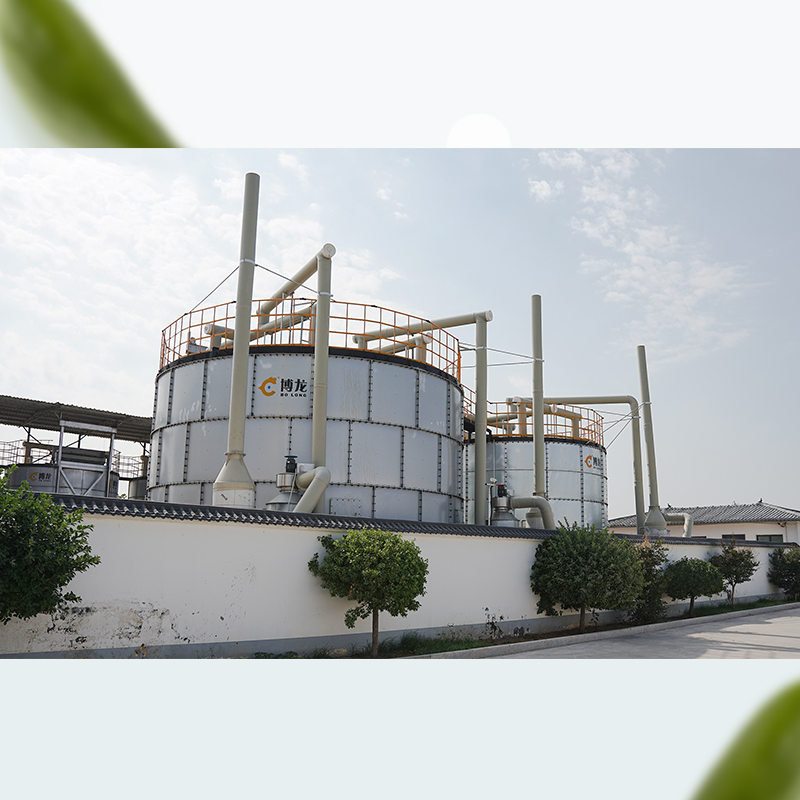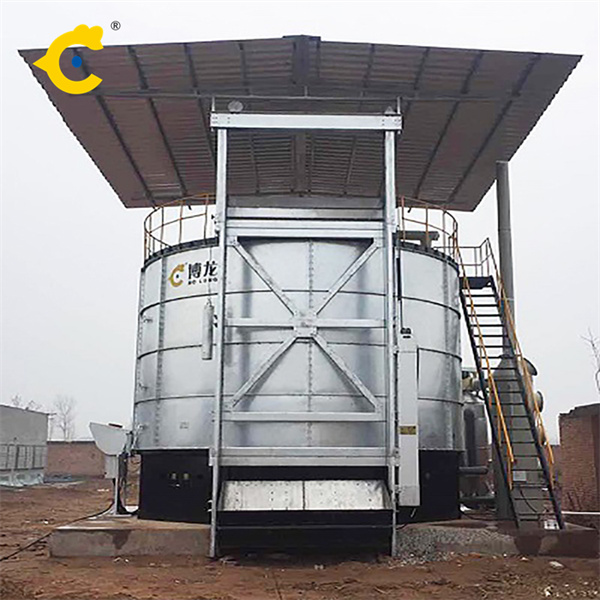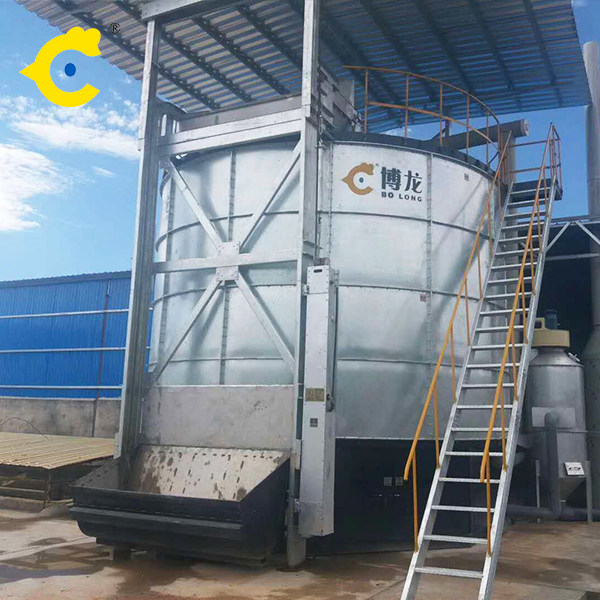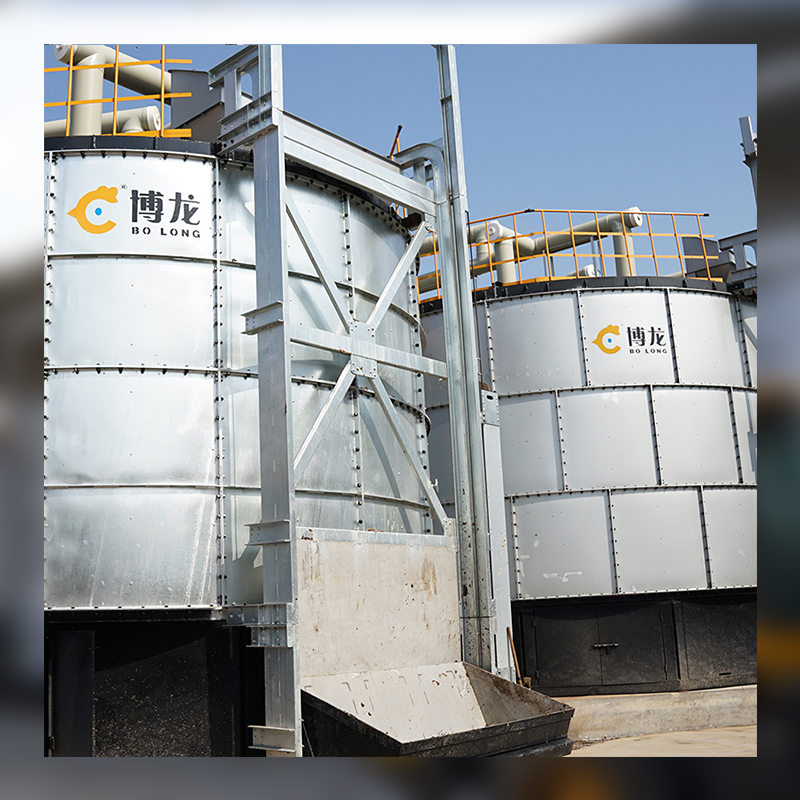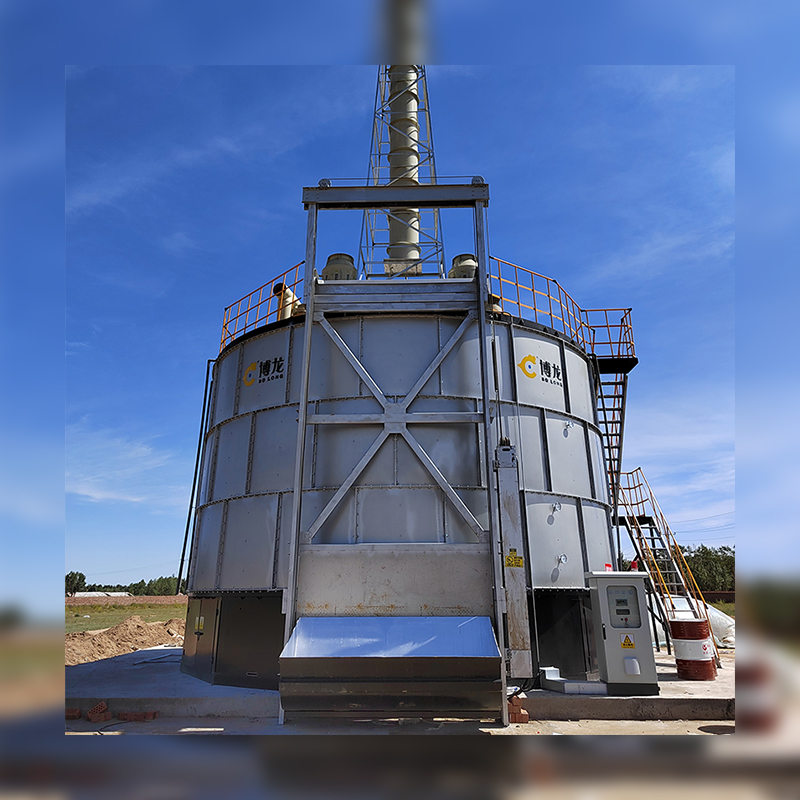Impacts This result-demonstration and education project was funded in early 2003 to promote the adoption of sound composting techniques as a meta-disposal method for large livestock carcasses, including beef and dairy cattle, horses and wild game. The total project duration was 42 months, including a 6-month, no-cost extension granted in 2006

